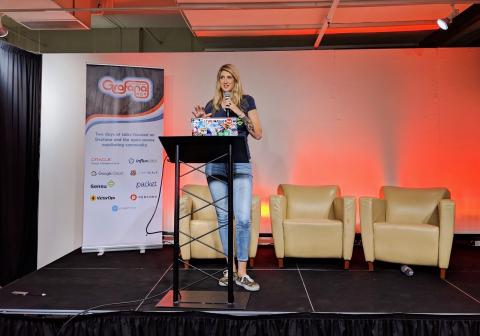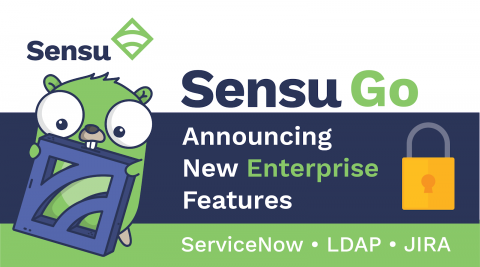Making Sensu shareable with Bonsai, the Sensu asset index
As part of our mission to improve operator experiences, we’re pleased to announce Bonsai, the Sensu asset index! Bonsai makes discovering and sharing Sensu solutions easier than ever before, and already includes popular integrations like the Sensu Slack, InfluxDB, and PagerDuty handlers.






